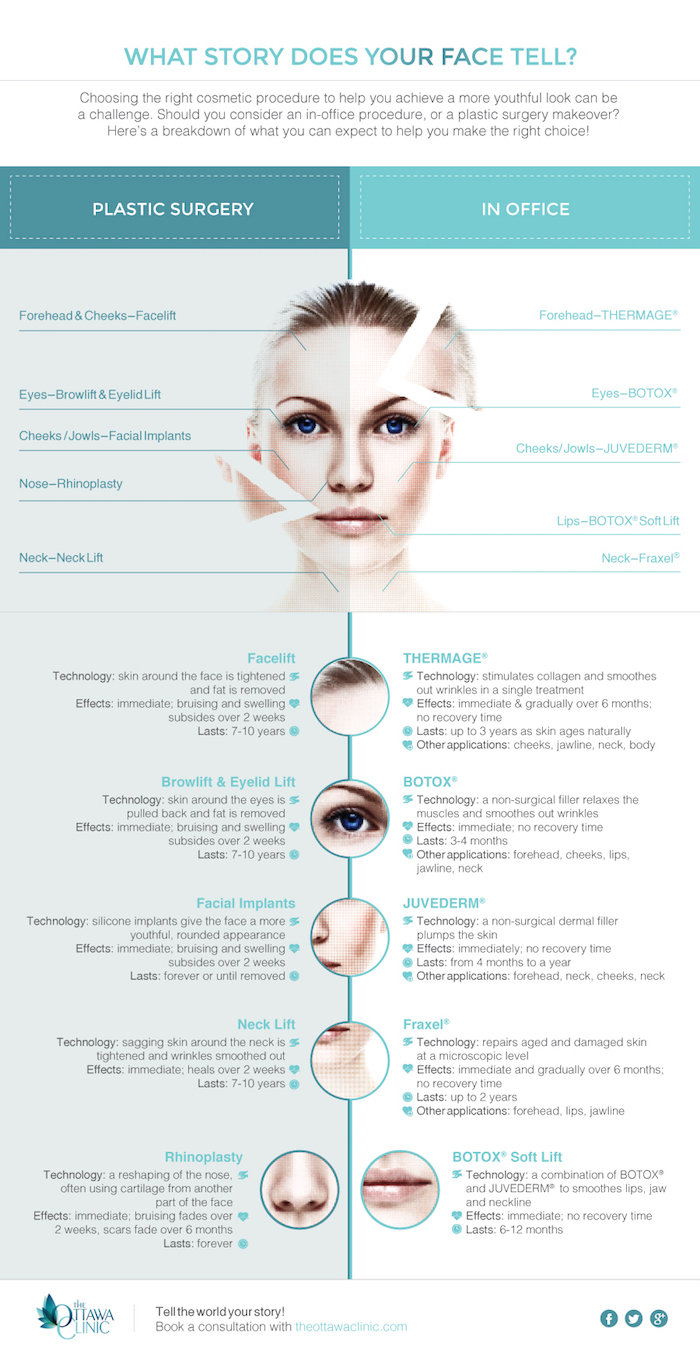What Is Cystic Acne
What Is Cystic Acne
Blog Article
Advantages of Salicylic Acid For Acne
Salicylic acid is a key ingredient in lots of nonprescription acne treatments. It runs out blackheads and whiteheads in addition to reducing excess oil. It can likewise help fading acne marks, although it may take a while.
Like benzoyl peroxide, it functions by disconnecting skin pores. However it does so in a different way.
1. Breaks Down Dead Skin Cells
Salicylic acid is a beta-hydroxy acid (BHA) that's oil-soluble and as a result able to sink deep right into the skin, dissolving excess oil as well as dead skin cells. This is what makes it such an effective anti-acne treatment. It softens keratin, the healthy protein that creates part of our skin framework, to ensure that dry, scaly skin easily loses, and it loosens up blackheads and whiteheads so they can be gotten rid of.
The issue with stopped up pores is that germs, dirt and dead skin cells are trapped, developing the excellent atmosphere for acne to prosper in. Unlike water-based exfoliants, which only scrub the skin's surface, salicylic acid passes through much deeper right into the pores to eliminate the build-up, developing an oxygen-rich setting that's aggressive to germs.
Look for a salicylic acid cleanser with 2% concentration or greater, particularly for oily skin types. If you have sensitive or completely dry skin, begin with a lower dose and utilize it less usually. Constantly check out the label meticulously to comply with application directions.
2. Breaks Down Sebum
As a keratolytic, Salicylic acid helps scrub the skin by liquifying the bonds that hold dead skin cells together. This permits the dead skin cells to drop more conveniently, which subsequently can assist unclog pores. This is what makes it such an effective component for treating blackheads and whiteheads, specifically when utilized along with other therapies that work to reduce sebum manufacturing.
In addition to being an exfoliant, salicylic acid also has comedolytic buildings that aid break down sebum. This is what makes it so efficient at dealing with blackheads and whiteheads, in addition to other non-inflammatory acne.
Similar to any type of therapy, it is very important to always adhere to the directions on your product's product packaging. Start with a percentage and slowly increase your use as your skin adjusts to the active ingredient. This will help prevent any dry skin or sensitivity that might happen. Remember, it can use up to 6-8 weeks to notice a distinction in your acne.
3. Clears Pores
When you make use of an acne product with salicylic acid, it penetrates deep right into your pores and loosens the "adhesive" that causes dead skin cells to integrate together. This makes it much easier for them to fall away and decreases pore clogs that result in surface acne, like blackheads, whiteheads, and little red acnes (pimples).
As a result of its ultherapy capability to pass through the pores, Dr. Negbenebor suggests utilizing it in a lotion, as opposed to a cleanser or body laundry, to optimize its efficiency. Make certain to read the active ingredient label very carefully and make note of any other prescription or nonprescription medications you take or organic products you're utilizing, as some can interact with salicylic acid.
To discover an excellent product, seek one that contains salicylic acid in a greater concentration-- 2 percent or greater-- or that combines it with one more anti-inflammatory and exfoliating active ingredient, such as sodium PCA and salt hyaluronate, which helps stop the drying out effects of the salicylic acid. A fave of many customers with delicate skin, this Paula's Choice 2% salicylic acid lotion contains maltobionic acid to exfoliate without aggravating the skin.
4. Reduces Inflammation
Salicylic acid is anti-inflammatory, which helps in reducing inflammation & irritability associated with acne blemishes. It additionally softens & loosens dry, flaky skin, which can help eliminate dead skin cells, flakes & particles that clog pores.
While over the counter focus of salicylic acid cap at 2% (for products that will be left on your face), it's readily available in higher concentrations with a prescription. A dermatologist can recommend the right focus to treat your acne, based on your skin kind and your experience with therapies such as benzoyl peroxide or retinoids.
If you're new to skincare items with this active ingredient or have oily skin, try utilizing a reduced concentration first. You can slowly develop to a stronger concentration, however it is necessary to use your product as guided, i.e., daily. Otherwise, overuse can leave your skin super-dry & irritated. It's likewise advised to utilize your products only at night, given that salicylic acid can transfer onto materials & discolor them.